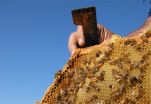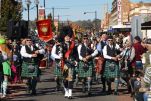Building a Strong Economy
The Glen Innes Highlands economy is on the rise.
Wind and solar are joining established thriving businesses that include a global photo processing innovator, the largest producer of premium Black Angus and Wagyu beef and a regional honey industry with up to 35 commercial operators as well as hobbyists.
The Gross Regional Product for Glen Innes Severn representing the total value of final goods and services produced in the region over the period of one year (includes exports but subtracts imports) is $466.424 million.
Glen Innes Highlands key propulsive sectors - the key drivers of the Glen Innes Severn LGA’s economy in terms of regional exports, employment, value-added and local expenditure on goods and services (backward linkages) - is led by the Agriculture, Forestry and Fishing sector followed by the Construction industry, Public Administration & Safety, Accommodation & Food Services and Health Care & Social Assistance.






Glen Innes Severn Council have invested in REMPLAN Economy and Community to assist our community and potential investors to easily access data on our local economy. If you require any deeper information please contact Margot Davis:
REMPLAN Economic Profile
REMPLAN Community Profile
Economic & Community Profile
Population: 8,908 people
Employment: 3,060 jobs
Top 3 Employment by industry: Agriculture, Forestry & Fishing; Health Care & Social Assistance; Retail Trade
Output Generated: $845.425 Million
Wages & Salaries: $202.461 million.
Regional Exports: $289.550 million
Regional Imports: $225.431 million
Value Added: $421.208 million
Gross Regional Product: $466.424 million
Tourism Output: $50.116 Million
Families: 58.11% two-person families, 17.89% three-person families, 13.6% four-person families
Housing Dwelling Type: 94.57% Occupied Private Dwellings
SEIFA score: 2016 was 915
Leveraging Endowments & Specialisations
Our Region has significant and growing specialisations in livestock and horticulture industries. The key livestock industries are beef cattle and sheep farming.
Our Region has a growing horticultural sector, with the Region producing apples, stone fruits, avocados, mangos, kiwi fruit, strawberries, blueberries, tomatoes, vegetables, turf, macadamia nuts, pecans, chestnuts, lavender, garlic and herbs, cut flowers and nursery plants. Tourism is another important industry.
Accommodation and Food Services is the 4th largest employer in the Region. There are opportunities to continue to grow the short-breaks and day visitor markets out of the South East Queensland and the Northern Rivers Region of NSW, special interest and activity-based markets and the long-haul touring market.







Although not a specialisation, the Region has a small manufacturing sector that produces specialty products, including hearses, digital-based photographic products, quality racing equipment for jockeys and horses, safety and automation devices and systems, auto-balers for waste management and metal piers.
Source: Regional Economic Development Starategy (REDS).






Landscape & Lifestyle
The natural beauty of the Region – high country scenery with dissected gorge country along the eastern edge of the Region, rivers and waterfalls, tablelands, the granite country with spectacular rock formations, and the fertile, highly productive river valleys; combined with attractive, well presented towns with a strong heritage focus.
Concentration of World Heritage areas, National Parks, State Conservation Areas, Nature Reserves and State Parks incorporating the granite belt parks and the escarpment parks (rainforests, gorges and waterfall). High profile Parks include Bald Rock, Washpool and Gibraltar Range.
The Region is ideal for tree-changers, people who can telecommute, semi-retirees and active retirees; boutique / specialist agricultural producers, artisans and manufacturers; and the ‘creative’ professions such as architects and designers.
Renewable Energy Growth
The renewable energy sector is a new and growing industry for the Region. Due to its climatic and locational advantages the Region has been identified by TransGrid as an optimal location for large scale renewable energy projects.
In fact we’ve attracted on the heights wind and solar farms worth more than $700 million – approved or yet to begin – within a region that Adam Marshall, Member for Northern Tablelands, sees in “pole position as the state’s clean energy generation super-hub.”
Already, the White Rock Wind Farm stage 1, costing an estimated $450 million and drawing 70 construction jobs, is operating.
The $45 million White Rock Solar Farm is approved along with the $200 million Glen Innes Wind Farm is expected to provide employment for another 50 people to get the turbines rolling.
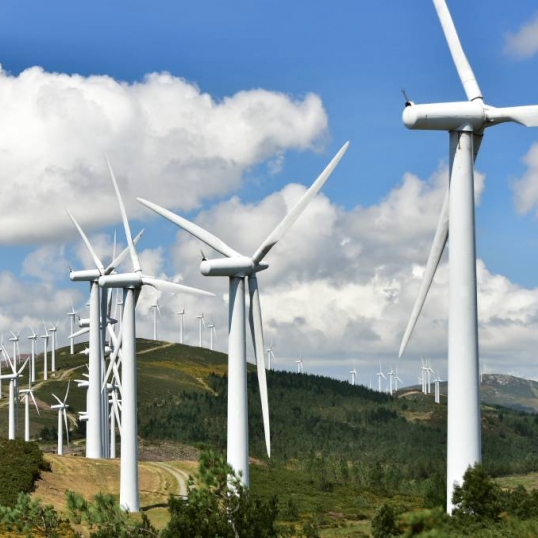
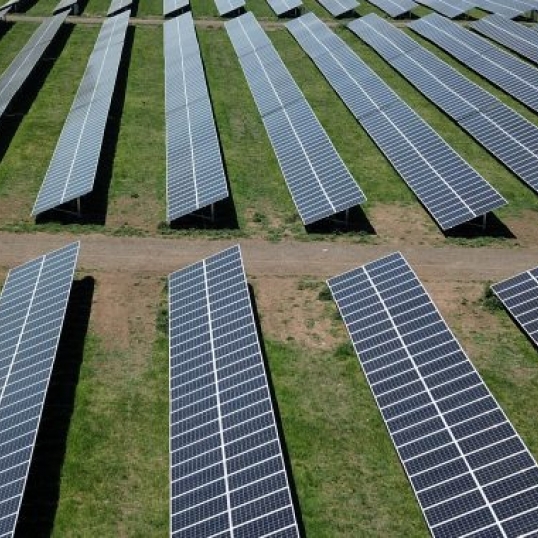
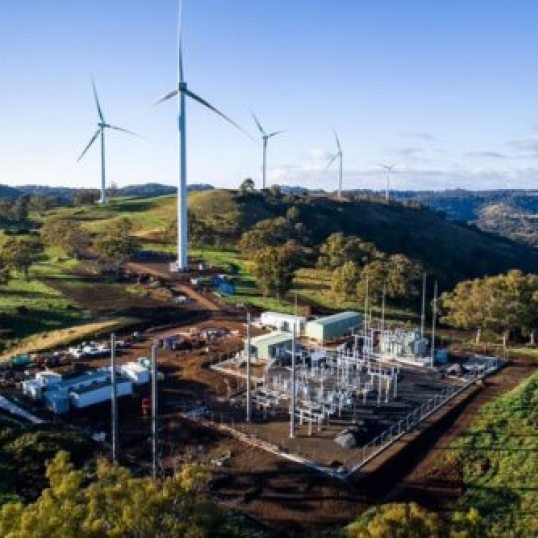
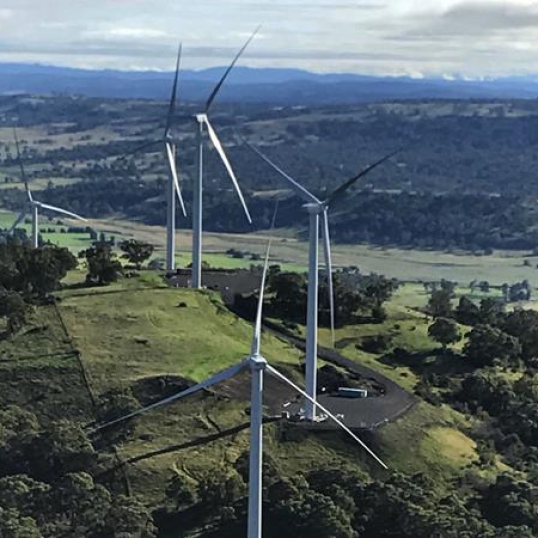

Geotourism
The geology of the New England North West region is complex and encapsulates the geological history of the breakup of the Gondwana continent and the formation of the east coast of Australia.
Our region has the opportunity to build on its abundant natural and cultural assets in order to leverage an emerging global trend in geotourism and attract international visitors.
By embracing the National Geotourism Strategy and aligning product and experience development with it’s wholistic framework, New England North West has the potential to embark on a journey to be nominated as an Aspiring UNESCO Global Geopark.
UNESCO Global Geoparks
= ‘single, unified geographical areas where sites and landscapes of international geological significance are managed with a holistic concept of protection, education and sustainable development’.
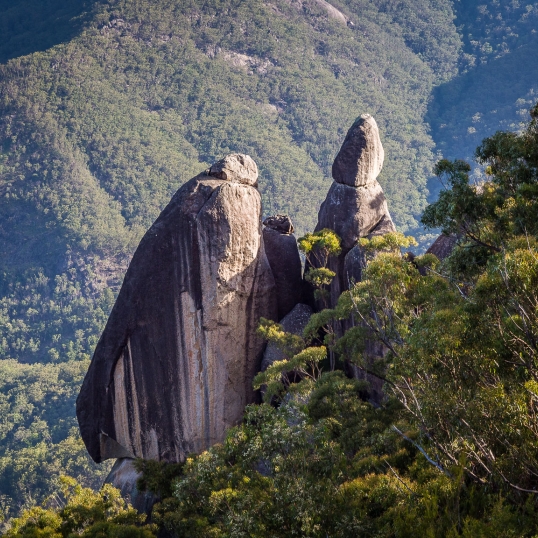
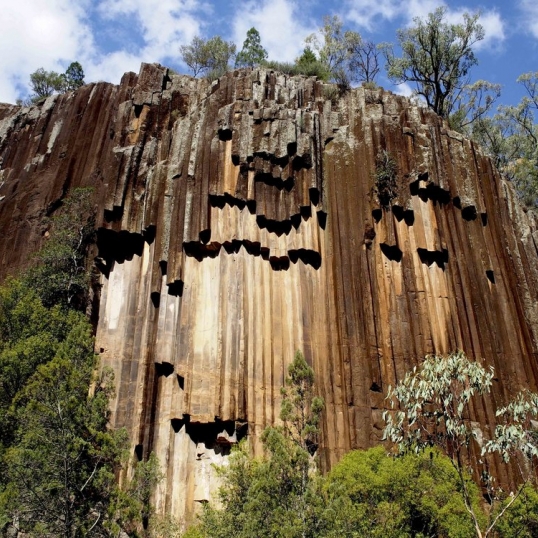
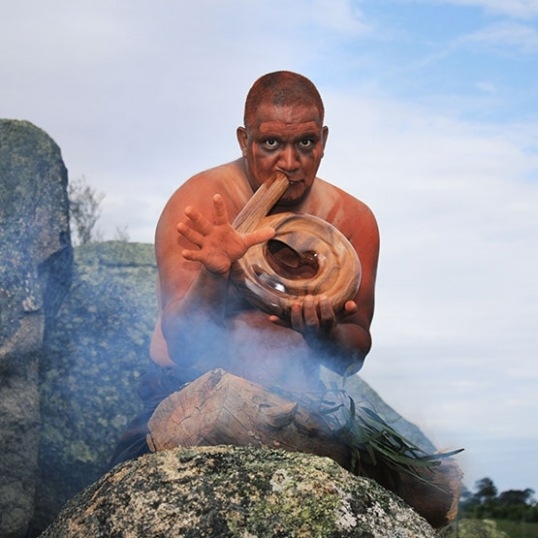
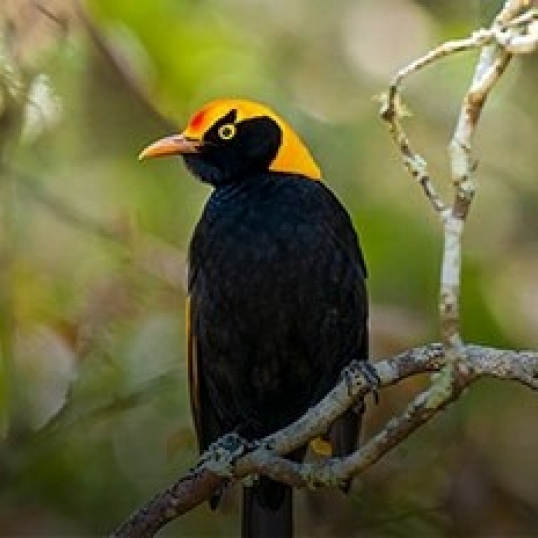
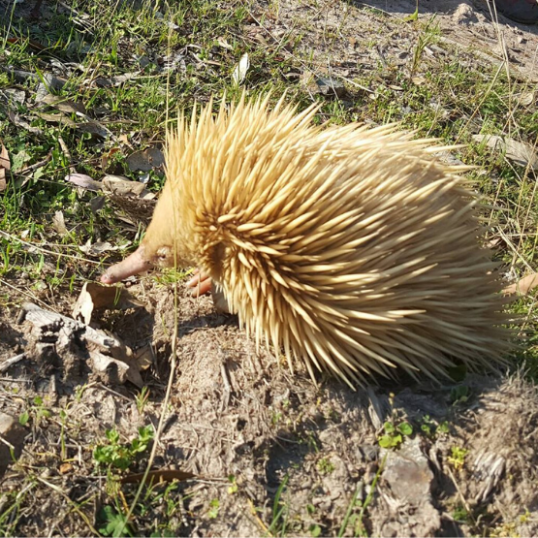

The Glen Innes Highlands Economic Development Strategy 2020-2040 and Action Plan 2020-2025 was reviewed in 2020 by Glen Innes Severn Council. Council adopted the final strategy at the 25 March 2020 Ordinary Council meeting following extensive community consultation.
The Glen Innes Highlands Economic Development Strategy provides a clear pathway for Council and community to foster local socio-economic prosperity and growth through the four key pillars of Partnerships, People, Place and Prosperity.
PLACE-BASED ECONOMIC DEVELOPMENT
The new paradigm of local and regional development emphasises the identification and mobilisation of endogenous potential, that is, the ability of places to grow drawing on their own resources, notably their human capital and innovative capacities. To tap into unused economic potential that tackle questions of sustainable development and human wellbeing into the future.
GROW GLEN INNES THINK TANK
The 5-year action plan is delivered across Council resources as well as in consultation with the community through the GROW Glen Innes Think Tank which will be formed as a part of the Partnerships actions and initiatives.
This is a mechanism for continual community engagement and inclusion in the delivery of the Economic Development Strategy & Action Plan.
Economic Development Strategy 2020-2040 and Action Plan 2020-2025

VISITOR PROFILE
Visitors to Glen Innes Highlands
155,000 VISITORS ANNUALLY
96,100 domestic overnight visitors
57,350 domestic day visitors
1,550 international overnight visitors
$45.1M ANNUAL VISITOR SPEND
Domestic overnight spend: $118 / night
International visitor spend: $45 / night
Domestic day visitor spend: $115 / trip
DOMESTIC OVERNIGHT VISITORS
Stay 260,000 nights (av. Stay 2.7 nights)
52.7% come from NSW and 47.3% from interstate – mainly from QLD
59% stay in hotels and motels
52% are holiday and leisure travelers
59.1% are aged 55+ years
38.7% are travelling as adult couples, 35.5% with friends and/or family and 25.8% are travelling alone
Destination Management Plan
The final Destination Management Plan Summary 2021-2026 and Background Analysis Report was adopted by Council at the July 2021 Ordinary Council meeting.
Destination Management introduces a ‘holistic’ approach to the development, management, and marketing of tourist destinations. The approach requires that all tiers of Government, the tourism industry and business community leaders work together to develop and manage destinations.
Destination management aims to ensure that tourism adds value to the economy and social fabric of the area, is sustainable into the future, is resilient to external shocks and is responsive to changes in both the marketplace and competitive environment. It involves formulating a strong vision for the future of the destination and putting in place the framework and resources to ‘deliver’ this vision.
The DMP’s key strategic pillars are:
1. Improving Customer Experience - Improve the customer experience of GIH towns and villages as both destinations and service centres to address key customer experience constraints and provide visitors more reason to stop, explore and stay and spend longer.
2. Evolving the Brand Positioning - Evolve the brand positioning to focus on a central contextual theme to bring together all the attributes of natural and cultural heritage. Continue to strengthen marketing and promotional activity based on the evolved brand positioning.
3. Developing and Improving Existing Experiences - Continue to develop and improve the existing experience base of GIH across attractions, activities, and events. Support existing natural, human, and built assets to provide improved experiences that benefit the community’s socio-economic prosperity.
4. Creating and Delivering New Experiences - Incubate, fund, and deliver new activities, events, and attractions in context of adventure in nature, culture and history. Expanding adventure-based activity, experiences, and events in context of our natural & built environments.
Local Economic Development News
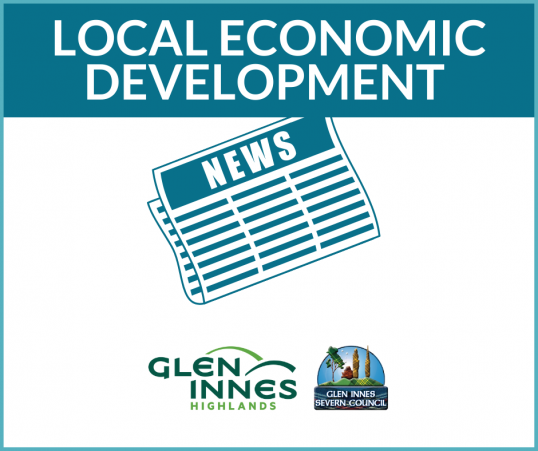
Make sure you sign up to our newsletter to keep up to date with what's happening in Glen Innes Highlands!
We're on the move and we're on the pulse to ensure our community prospers into the future. We're all about:
PARTNERSHIPS
PEOPLE
PLACE
PROSPERITY
Check out the latest ED reports here
-
Partner with us
- Add your business
- Use of GIH logo
-
Related Sites
- Glen Innes Severn Council
- Glen Innes Highlands Hub
Acknowledgement of Country
Glen Innes Highlands acknowledges and pays respect to the Ngarabul people as the traditional custodians of this land, their elders past, present and emerging, and to Torres Strait Islander people and all First Nations people.
Terms & Conditions | Privacy | Disclaimer
2025 © All Rights Reserved. Website designed by gocrossmedia and built by Cloud Concepts





